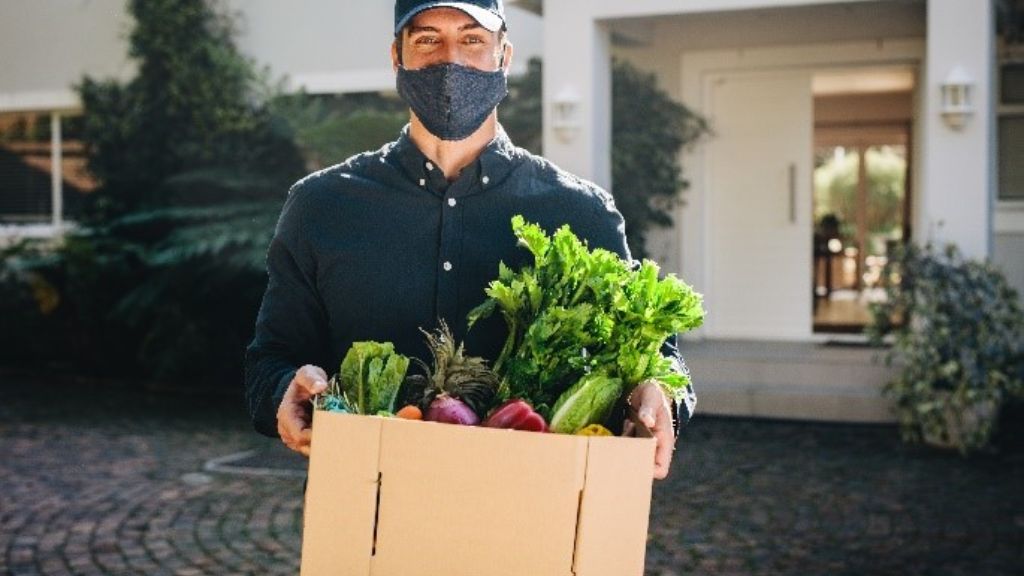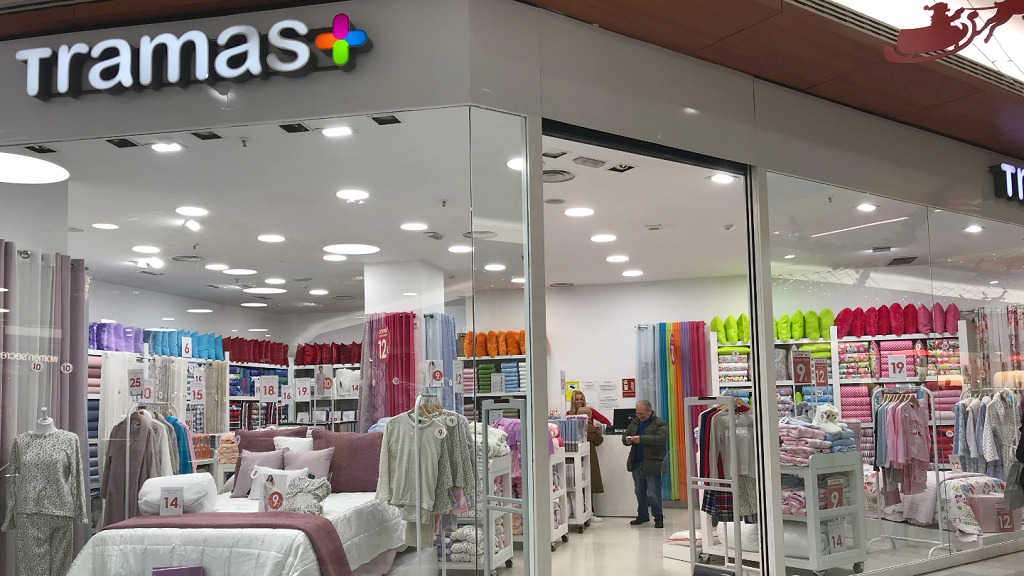
New technologies, and specifically the internet, have revolutionized the way we consume food, especially since the outbreak of the pandemic. Something as everyday as going to the supermarket became an obstacle for many consumers, so retailers focused their efforts on promoting sales strategies in the online channel.
The food e-commerce sector reached a share of 8% at the height of the lockdown in 2020, according to Kantar. At the moment the Penetration figure of the online channel is between 3% and 4%.
Despite the fact that at first the adaptation to the online channel came almost out of necessity, there are many Spaniards who have adopted this way of filling the shopping cart. Among the virtues of online shopping is saving time and scheduled deliveries, however retailers face some challenges this coming year.
From Webloyalty, an expert company in generating additional income for ecommerce, they point to a change in consumer profileincreasingly demanding and polarized, who demand healthy, sustainable and local products in scheduled delivery times and, many times, opt for ultra-fast deliveries.
“Before the pandemic, online spending on mass consumption grew significantly. Now the quota has doubled compared to a couple of years ago”, comments Paula Rodríguez, business development director of Webloyalty Spain. “During this time, awareness of the origin of products has grown, with special weight and concern for sustainability and local consumption. Scheduled or even immediate deliveries, shopping anytime, anywhere and convenience are the main attractions for consumers”.
consumer in the center
The evolution of the pandemic and the new variants of the coronavirus have caused a effect of helplessness and helplessness in much of the population. Given this situation, the short term has gained prominence and this is also reflected in consumption. “When events occur that are beyond the individual control of each one, consumers tend to indulge themselves with what is in their hands. For this reason, there has been a trend towards physical self-care, concern for mental health, eating healthy products or the small whims of everyday life”, points out the expert from Webloyalty.
Fresh, healthy and local products
For the consumers fresh produce had been one of the main barriers to buying online. During these two years, confidence in fresh products has gained strength and retailers have made an effort to improve deliveries. In addition, the fact that teleworking has been implemented as a hybrid modality for many companies has also helped to overcome another of the barriers that the sector faced, such as being present at home when receiving the order. For this reason, retailers have extended home delivery hours to reinforce this service.
As for the most sought-after types of food products, one of the consumer trends is to opt for healthy products, that is, the so-called royal food. The coronavirus health crisis has made consumers even more concerned about their personal health and more aware of the types of food they eat.
The purchase in 10 minutes
The consumer values immediacy in delivery services. In this escalation to reduce delivery times, business models have successfully emerged that make very fast deliveries in urban centers. Some companies that have warehouses, known as dark stores, in which customers do not enter, but rather the employees themselves make the purchase for the customer after receiving the online order. “These supermarkets are strategically scattered in different areas of the big cities to promise to arrive within the estimated delivery time: time is the great claim”, concludes Paula.



